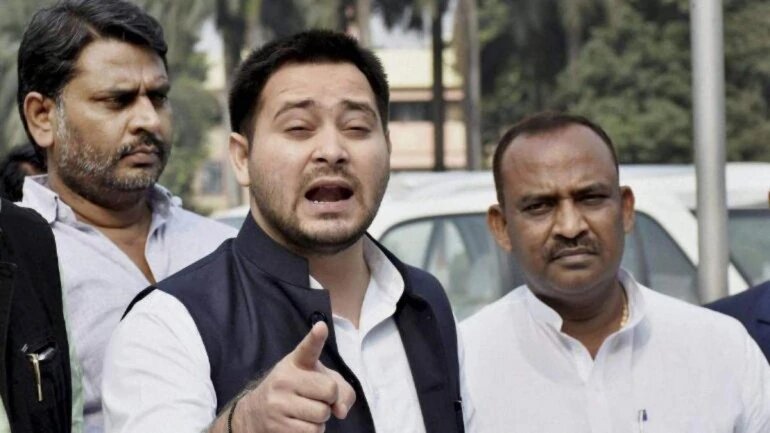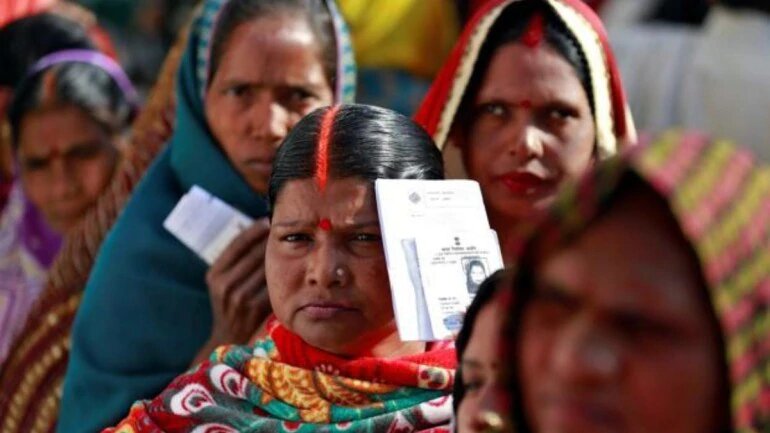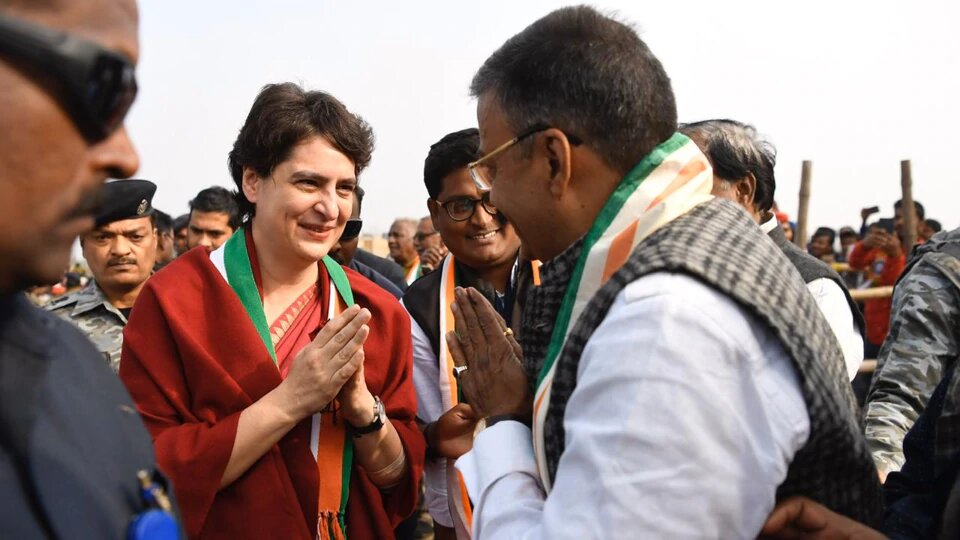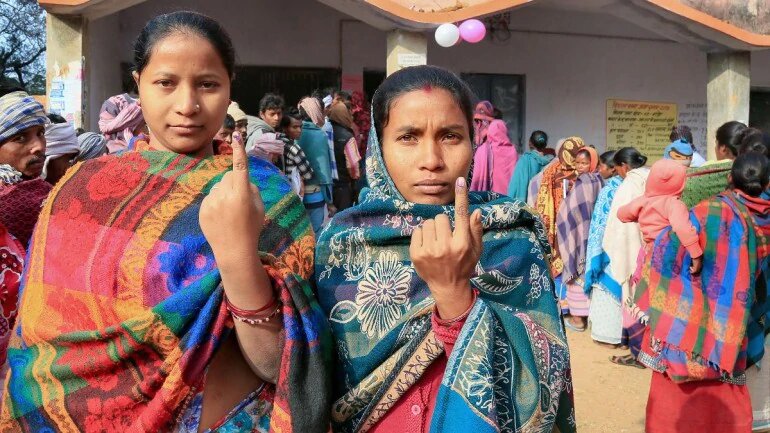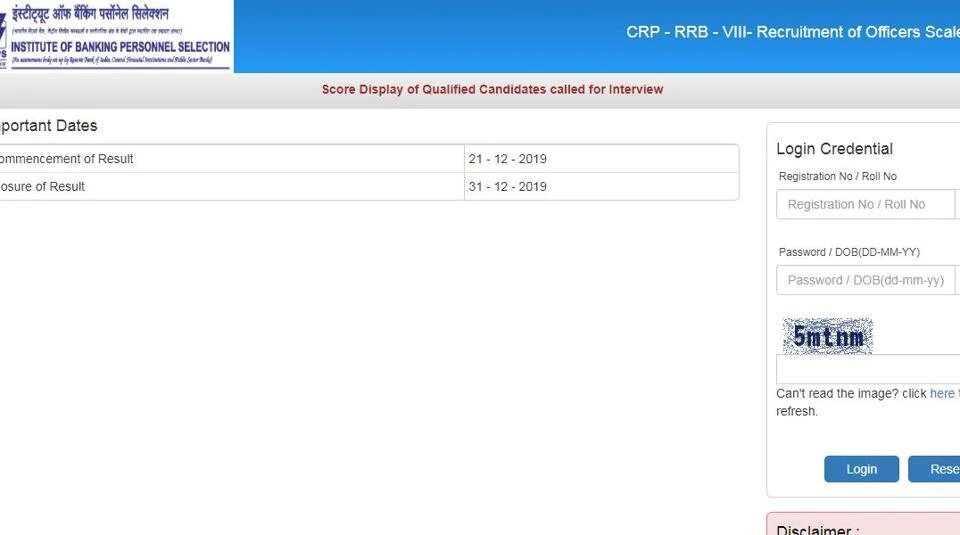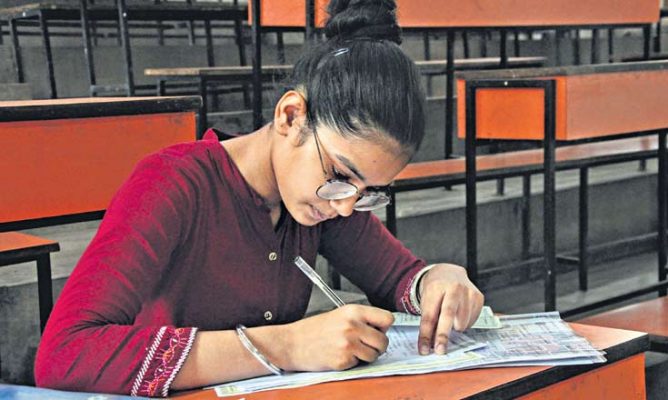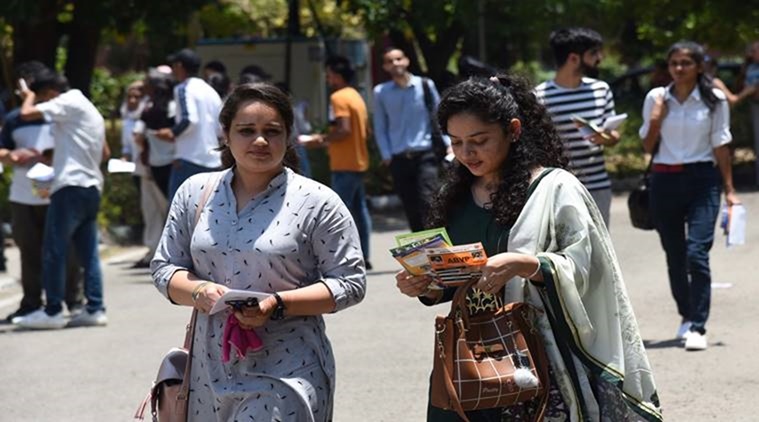Source – hindustantimes.com
Just a day after he told minorities in Bihar that they had nothing to worry, Bihar Chief Minister Nitish Kumar on Friday signalled that he didn’t want the Centre to roll out the National Register of Citizens, or NRC, in Bihar.
“Why will it be implemented in Bihar,” Nitish Kumar shot back with a counter-question when reporters asked him for his stand on the Centre’s plan to roll out a nationwide citizens’ list.
Nitish Kumar is the first chief minister of a NDA-ruled state to shut its doors on the citizens’ register that would be crucial to the Bharatiya Janata Party-led national coalition delivering on its promise to expel infiltrators. Home Minister Amit Shah had earlier this month set a 2024 deadline for his government to throw out all infiltrators, a term usually used by the BJP to refer to Muslim undocumented migrants from Bangladesh.
His party, Janata Dal United, had voted in favour of the controversial changes in the Citizenship Act that allows the government to give citizenship to minorities from three Muslim countries Bangladesh, Afghanistan and Pakistan. In the past, Home Minister Amit Shah has described this amendment as the first step, or a precursor to the National Register of Citizens.
Of the parties that backed the amendment to the citizenship law, Nitish Kumar is the second.
Odisha Chief Minister Naveen Patnaik, whose party Biju Janata Dal had supported the citizenship law change in parliament, has also spoken out against the citizens’ register. But his party isn’t part of the NDA and takes a stand on legislations on a case-to-case basis.
Nitish Kumar’s decision to clear his stand on the citizens’ list comes a day after protests erupted in several parts of the country against the CAA. His party’s vice president Prashant Kishor has been a vocal critic of both, the citizenship law and the register.
Watch l Why Prashant Kishor says Rahul isn’t protesting loud enough on NRC Why Prashant Kishor says Rahul isn’t protesting loud enough on NRCAs protests against the recent amendments to the Citizenship Act intensify across the country, a vocal critic of the new law, Prashant Kishor, spells out his personal and his party’s stand.
Yesterday, Prashant Kishor told Hindustan Times that he had an assurance from Nitish Kumar that he would not let the NRC to be implemented in Bihar. Before the day was out, Nitish Kumar sent a clear message to minorities that they had nothing to worry about as long as he was around. That was a message assuage the sentiments of minorities, who make up for about 17 per cent of Bihar’s population.
Within the JDU, Prashant Kishor wasn’t the only one to express his concerns.
Others including national spokesperson Pawan Varma and party MLC Gulam Rasool Bulyawi had gone public distancing themselves from the party’s support to the Citizenship Amendment Act,
“For us, people are more important than party and we’ll fight against the draconian Act (CAA) and NRC,” Kochadhaman JD-U MLA Mujahid Alkam said in public, while participating in the meetings and agitation being organized in protest of the CAA and NRC in the district in Purnia.
